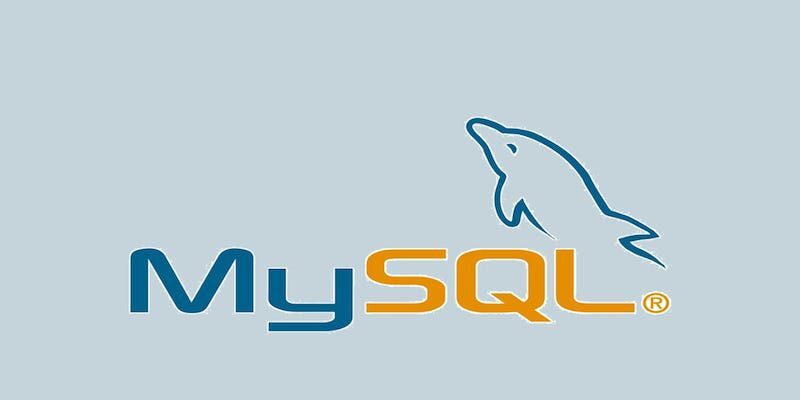Implementing the Internet of Things with MySQL

The Internet of Things (IoT) has grown from an exciting concept to a paradigm-changing how individuals and businesses operate in the 21st Century. It is based on connecting IP-capable devices so they can communicate in various ways. They range from automated industrial assembly lines to intelligent appliances that promise to make life easier and more convenient for consumers.
A common aspect of all IoT implementations is that they use large amounts of data collected from network-connected devices. As with most data-centric applications, IoT systems rely on databases to store and process the accumulated information that drives them. MySQL is a good choice in database platforms when designing a system that interacts with the IoT.
Fundamental Aspects of IoT Systems
The Internet of Things aims to gather or exchange data to facilitate physical processes or gain insight into complex abstract or tangible systems. IoT implementations accomplish this by deploying network-connected devices that can measure and collect relevant information.
Attaching devices to a network is nothing new. Factors that differentiate IoT systems from traditional networks are the intelligence and capabilities built into the connected devices. Complicated tasks can be carried out without direct human intervention through communication between IoT sensors, monitors, and actuators in industrial applications. Consumers can talk to their home and have it respond to them in various ways. Marketers obtain data that helps them fine-tune their offerings and increase the efficiency of their sales initiatives.
Behind the enhanced functionality that the IoT affords when compared to previous networks is an incredible amount of data. The concepts of Big Data and the IoT are intertwined. Storing and manipulating the tremendous amounts of data generated by IoT devices effectively is vital to the system’s productivity. The whole point of an IoT implementation is to create and use information gathered from its sensors.
Why MySQL Makes Sense as Your Platform of Choice
The selection of the backend database for IoT systems is critical to their eventual success. You need a platform that can efficiently handle the demands of extensive data processing. Most IoT implementations also require high availability and excellent performance. Choosing the wrong database can have detrimental effects on the whole system.
MySQL is one of the most popular database platforms in the world and is used in a wide variety of business and scientific solutions. It has several advantages that make it a viable solution for IoT implementations. Here is a list of features that make it attractive:
- Data security is critical for many types of applications, including IoT systems. MySQL is well-known as an exceptionally secure database platform many popular websites use.
- Scalability is another factor that is important when designing an IoT system. As the system evolves, it may need to expand in unexpected directions. MySQL has a proven track record of handling large amounts of IoT-generated data.
- High performance and availability are hallmarks of MySQL that make it a perfect fit as the backend of an IoT system. It provides excellent performance for demanding applications and can quickly meet the data processing demands of the IoT. Maintaining availability in industrial IoT systems is of paramount importance. One of the reasons for the popularity of MySQL is its high availability of solutions.
- Open source flexibility means that MySQL can be tailored in whatever way to address an IoT system’s requirements. Its wide adoption throughout the IT world also ensures that skilled technical professionals are available to support the implementation.
A Tool for Managing Your MySQL Instances
SQL Diagnostic Manager for MySQL is the perfect tool for managing the MySQL databases powering your IoT systems. It provides the capability to perform real-time monitoring that helps you quickly pinpoint issues and resolve them before they become serious problems. The tool comes with over 600 pre-built monitors that continuously check the health of your MySQL servers and send alerts when defined thresholds are exceeded. Customizable dashboards and charts provide visibility into your systems, allowing you to take proactive measures to avoid running low on capacity.
If you choose MySQL as the database engine for your IoT system, you should strongly consider SQL Diagnostic Manager for MySQL as your management solution. It’s a valuable addition to your DBA’s toolbox and will quickly become their favourite tool when working with MySQL databases.
By Kirsten Baumann. Last updated on December 10, 2019. At https://blog.monyog.com/implementing-the-internet-of-things-with-mysql/